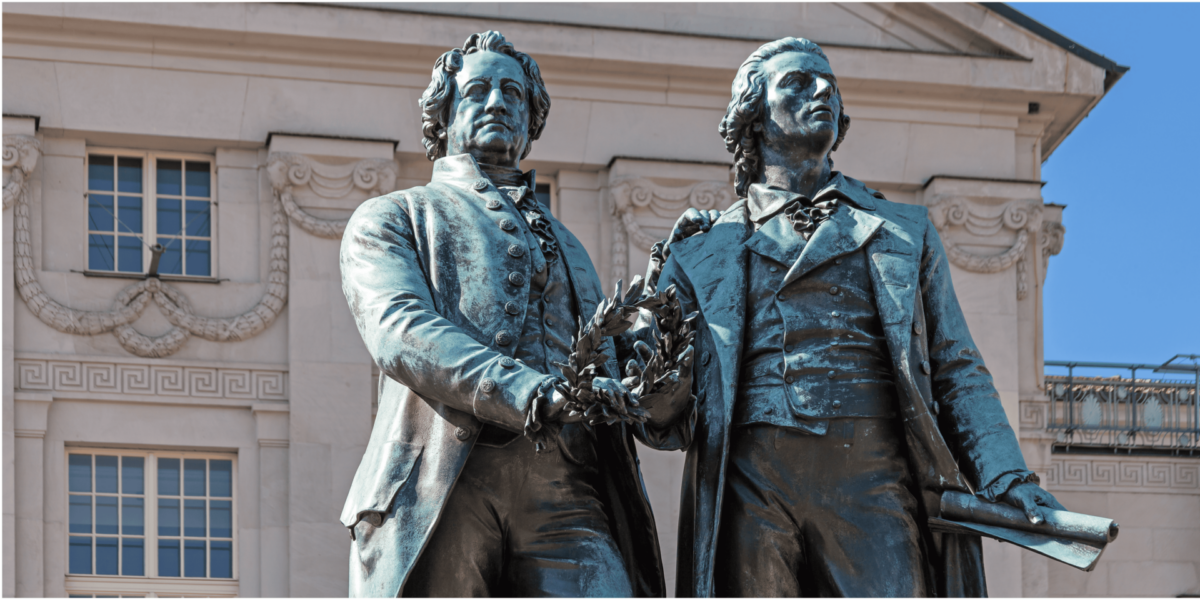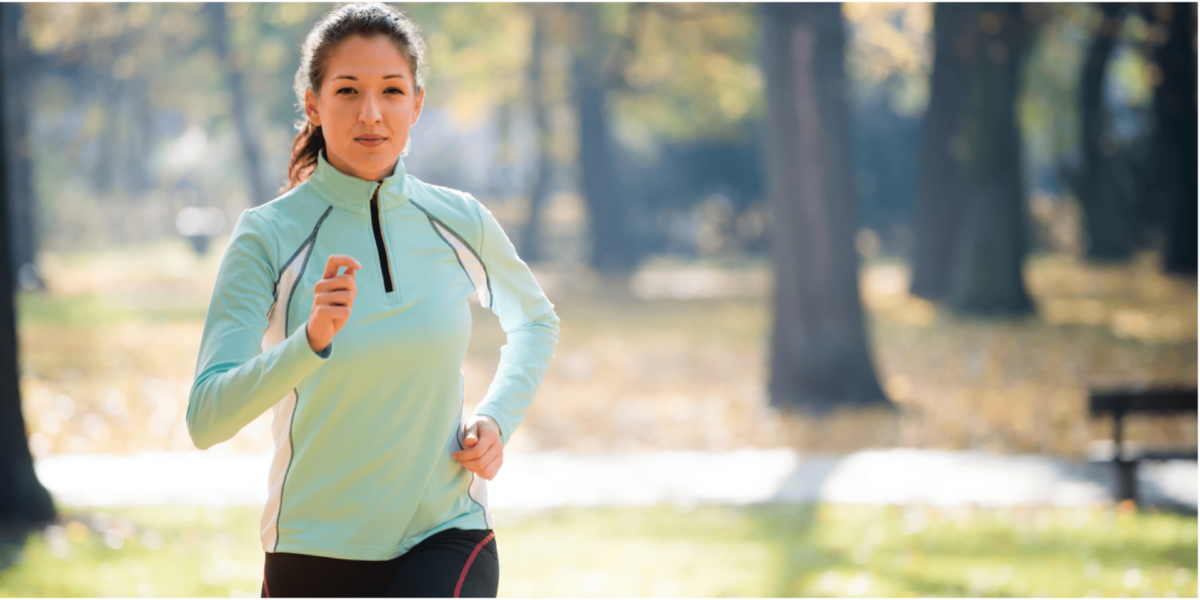Kviberg’s Military Roots Continue to Shape the Landscape
Kviberg, located in eastern Gothenburg, began as a military district in the late 1800s. Designed as a full-scale barracks area, it housed soldiers, horses, and weapons storage facilities. Its structured layout, sturdy red-brick buildings, and parade grounds defined the function and feel of the area for over a century.
As military needs shifted and defense strategies modernized, Kviberg’s role as a base declined. By 1994, the Swedish Armed Forces had vacated the area. Yet the physical structures remained, leaving behind an architectural footprint that still defines Kviberg’s identity today.
Preserved Barracks Provide a Foundation for Kviberg’s Revival
Many of the original barracks and support buildings in Kviberg have been preserved and repurposed. These former military structures now house schools, cultural centers, offices, and training facilities. Their distinct style—arched windows, thick walls, and detailed masonry—adds texture to a landscape that could have otherwise been flattened by modern construction.
A visitor walking through Kviberg immediately notices the continuity. New developments respect the original site plan. Roads follow former troop routes. Buildings maintain the original facades, even as their interiors transform into modern-use spaces.
Historical Architecture Meets Contemporary Function
The adaptive reuse of Kviberg’s military architecture serves a practical purpose. Instead of demolishing historical buildings, developers incorporated them into a new urban plan. This approach preserved cultural value while creating flexible environments for education, business, and recreation.
In one section of the park, former officer housing has been turned into administrative offices. In another, a former weapons depot now hosts a museum and public gallery. This kind of functional layering creates a sense of depth—visitors experience both history and activity in the same physical space.
Kviberg Park Integrates Heritage With Urban Renewal
The transformation of Kviberg into a public space didn’t happen all at once. Planners developed a vision that respected the past while addressing the needs of a growing city. The result is Kviberg Park, a multi-use destination that includes sports facilities, walking trails, family areas, and event spaces.
The preserved historical buildings form the visual core of the park. Around them, new infrastructure—such as bike paths, performance stages, and visitor services—extend the area’s function without erasing its character. This integration allows Kviberg to serve current users while honoring its origins.
Cultural Events and Community Programs Reanimate the Space
Kviberg’s history is not just preserved in buildings—it’s activated through public use. Community organizations host workshops, lectures, and exhibitions in spaces once reserved for military instruction. Local schools hold performances and assemblies in old drill halls. Museums use the historic setting to engage visitors in educational programs focused on military history, urban planning, and civic transformation.
A weekday scenario may include students walking between history class and gym, passing former mess halls now used for cultural events. These layers of activity keep the site alive, ensuring that Kviberg’s past remains connected to its present.
Modern Sports Infrastructure Fuels the Area’s Daily Pulse
The construction of Prioritet Serneke Arena, the Nordic region’s largest multi-sport complex, added a new dimension to Kviberg. This seven-floor facility includes an indoor ski tunnel, full-size football pitch, fitness center, and hotel. It stands next to historic buildings, creating a visual and functional contrast that defines the district.
Athletes training in the arena pass by red-brick facades built in the 1800s. Families visiting the playground see castle-like towers inspired by the military architecture. The physical closeness between old and new reinforces Kviberg’s dual identity—as both a site of historical memory and a zone of modern momentum.
Education and Public Access Reinforce Kviberg’s Community Role
Several schools now operate within Kviberg’s borders, using renovated buildings that once held soldiers and supplies. These schools teach standard curricula while also offering programs in sports science, history, and physical education. Students grow up aware of their environment’s layered significance.
Public access remains a guiding principle in Kviberg’s development. Walking paths connect historic sites with green zones, family areas, and cultural venues. Information signs and markers guide visitors through key points, offering historical context without creating a museum-like atmosphere. This openness ensures that the park feels lived-in, not frozen in time.
Sustainable Planning Protects Kviberg’s Legacy
Kviberg’s development follows sustainability guidelines that limit overbuilding and protect green areas. Preservation of heritage structures reduces the need for new materials. The adaptive reuse of existing spaces helps limit waste, energy use, and visual disruption.
Urban planners also incorporated features like bike trails, native landscaping, and efficient lighting. These efforts make the district not only environmentally responsible but also consistent with Gothenburg’s long-term sustainability goals. Kviberg becomes a model for urban districts that want to balance growth with history.
Tourism in Kviberg Offers a Story-Driven Experience
Kviberg attracts tourists looking for more than landmarks. Visitors don’t just take photos of buildings—they walk through a district with visible history and active public use. The combination of heritage, sports, nature, and local programs gives tourists a reason to spend a full day in the area.
A realistic scenario might include starting at the military museum, continuing with lunch in a renovated officers’ dining hall, attending a community art show, and ending with a walk through the loop trail. This experience builds an emotional connection to Kviberg, grounded in context and present-day function.
Kviberg Proves That Living History Can Power the Future
Kviberg shows how a district rooted in military history can evolve into a dynamic part of a modern city. The careful integration of historical structures with new community assets creates a landscape where the past informs the present without limiting it.
By preserving its original architecture, repurposing key buildings, and welcoming new layers of use, Kviberg stands as a living example of thoughtful urban transformation. It proves that history doesn’t have to be hidden or isolated—it can remain in motion, guiding the way forward.




